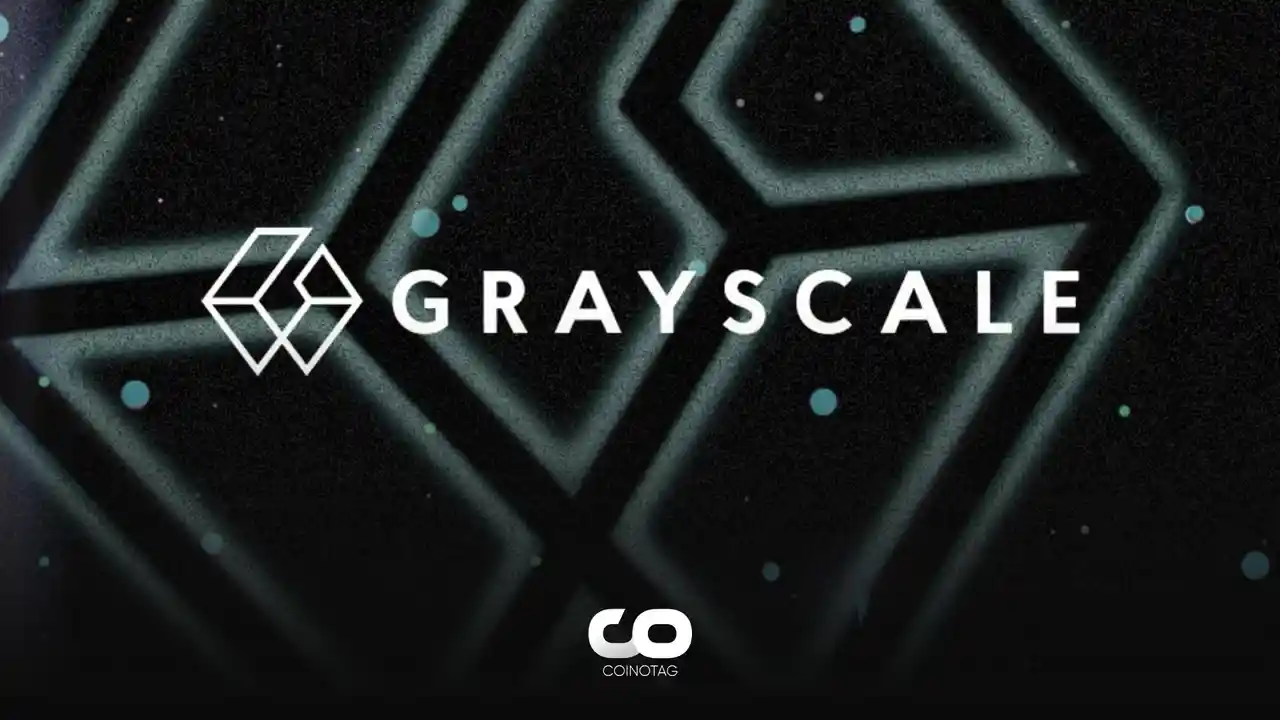- The market for the spot Bitcoin ETF known as Grayscale Bitcoin Trust (GBTC) faced a significant outflow, covering a total value of $7 billion.
- In the realm of spot Bitcoin ETFs, a distinction arises between two types of investors: traders and allocators.
- Vanguard chose not to list spot BTC ETFs, reflecting a cautious approach to the cryptocurrency market.
Following the approval of spot Bitcoin ETFs, outflows from the Grayscale Bitcoin ETF are still ongoing.
Outflows from Grayscale Bitcoin ETF Continue

The market for the spot Bitcoin ETF known as Grayscale Bitcoin Trust (GBTC) faced a significant outflow, covering a total value of $7 billion. These outflows occurred simultaneously with the emergence of low-fee Bitcoin ETFs in the market, providing investors with alternative options.
Observations suggest that significant outflows from GBTC are attributed to several factors. Firstly, other ETFs started significantly reducing their fees, making them more attractive, while GBTC became less appealing to investors as it charged higher fees.
Additionally, the closing of arbitrage operations played a role in these outflows. When GBTC operated as a closed-end fund, it traded at a significant discount to the Bitcoin price. However, with the transformation into an ETF and the emergence of lower-fee alternatives, investors shifted their assets, resulting in outflows from GBTC.
In the realm of spot Bitcoin ETFs, a distinction arises between two types of investors: traders and allocators. Trader ETFs are characterized by active buying and selling and are typically guided by short-term market trends. On the other hand, allocator ETFs represent a long-term investment strategy where investors hold their assets over an extended period.
Recent flow data emphasizes the dominance of traders in spot BTC ETF purchases. Cumulative flows indicate a preference for short-term speculative trading among investors, revealing a significant capital flow towards trader ETFs. In contrast, allocator ETFs, favored by long-term hodlers, experienced comparatively lower flows.
Notably, Vanguard, a major allocator and hodler, decided not to list spot BTC ETFs, reflecting a cautious approach to the cryptocurrency market. Vanguard’s influential stance reflects a general sentiment within the investment community regarding the adoption of Bitcoin ETFs.
Potential Risks and Concerns Around Spot Bitcoin ETFs
The concept of the ‘upstairs, downstairs elevator’ provides a fitting analogy to understand potential risks around spot Bitcoin ETFs. While these ETFs can offer a flat ascent in market value, they also carry the risk of a sudden and steep descent, similar to a fast elevator drop. One of the significant risks is that spot BTC ETFs do not offer an in-kind (asset) redemption option.
Traditional ETFs allow investors to redeem underlying assets, but spot BTC ETFs only provide cash redemptions. The absence of in-kind redemptions may exacerbate the liquidation of ETF assets in market conditions, regardless of the liquidity, especially during significant selling periods.
Parallels drawn with past events like ‘vol-mageddon’ emphasize the potential volatility in the spot BTC ETF market. Such events highlight the sensitivity of ETFs to rapid market changes and the challenges of managing liquidity in volatile conditions.
